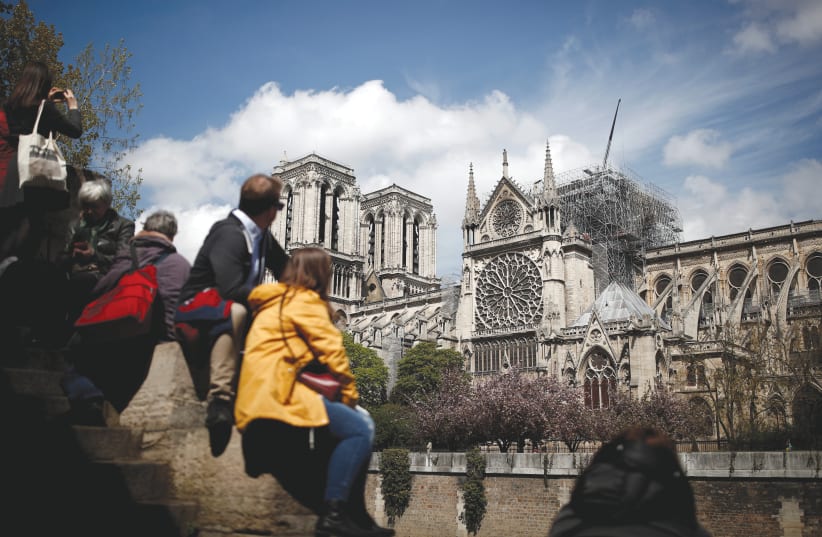The views and opinions expressed in this article are those of the author and do not necessarily reflect the views of JTA or its parent company, 70 Faces Media.
Notre Dame will be rebuilt, most Jewish sites won't
People need symbols, and the world needs culture, beauty and art. Notre Dame was and is a symbol of all such things – and an important symbol of continuity and connection.
